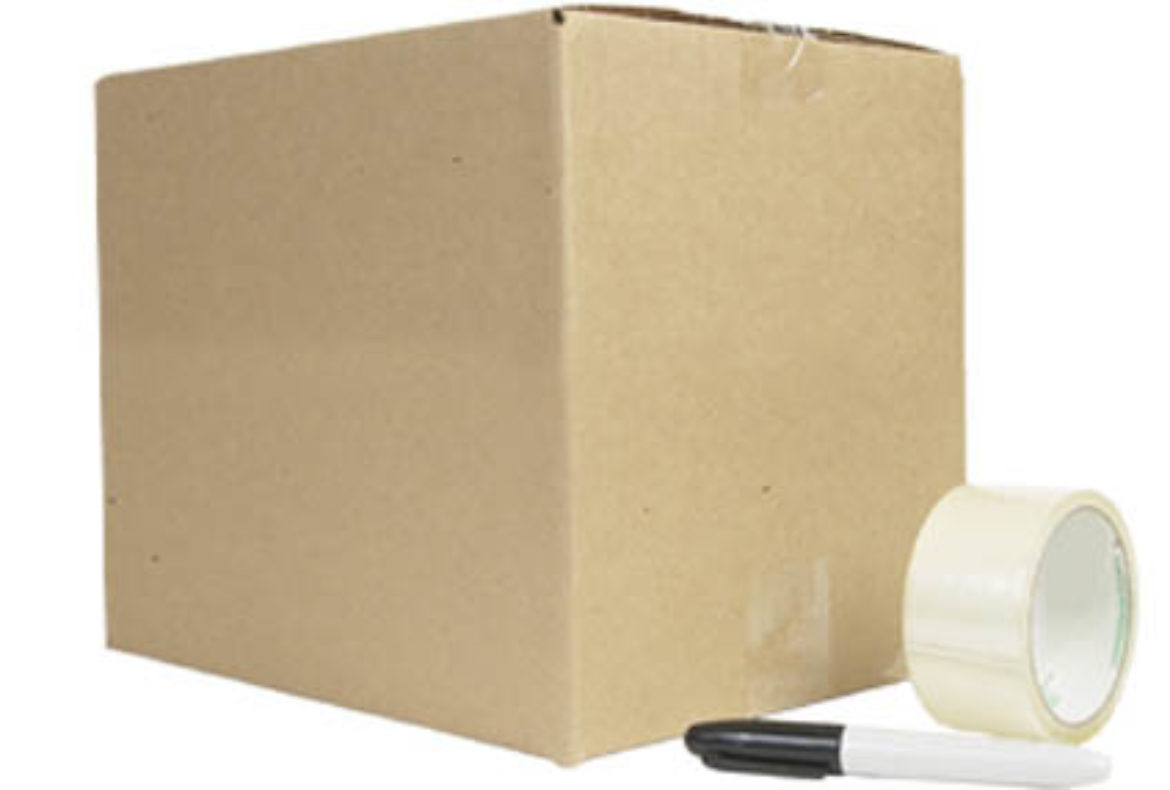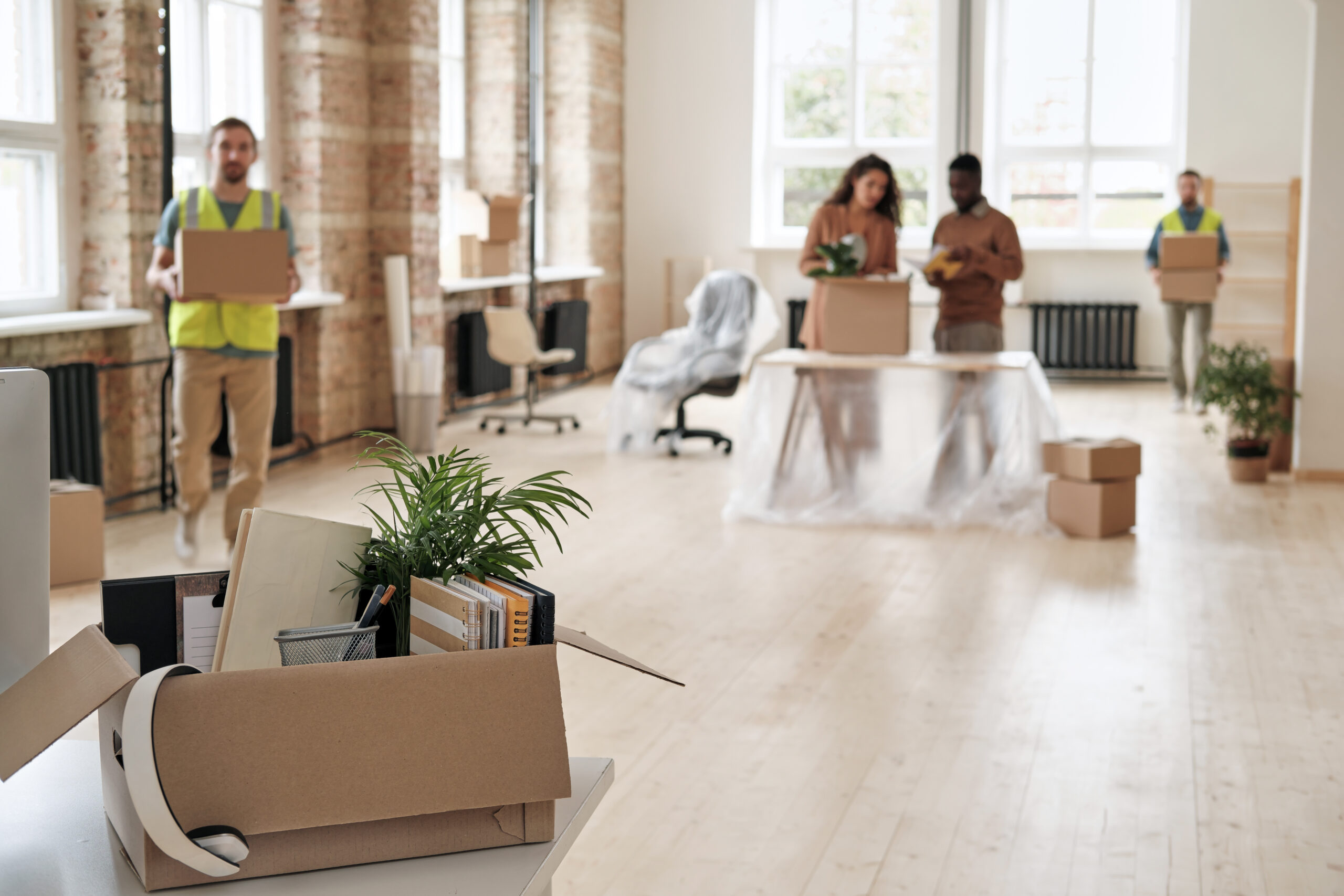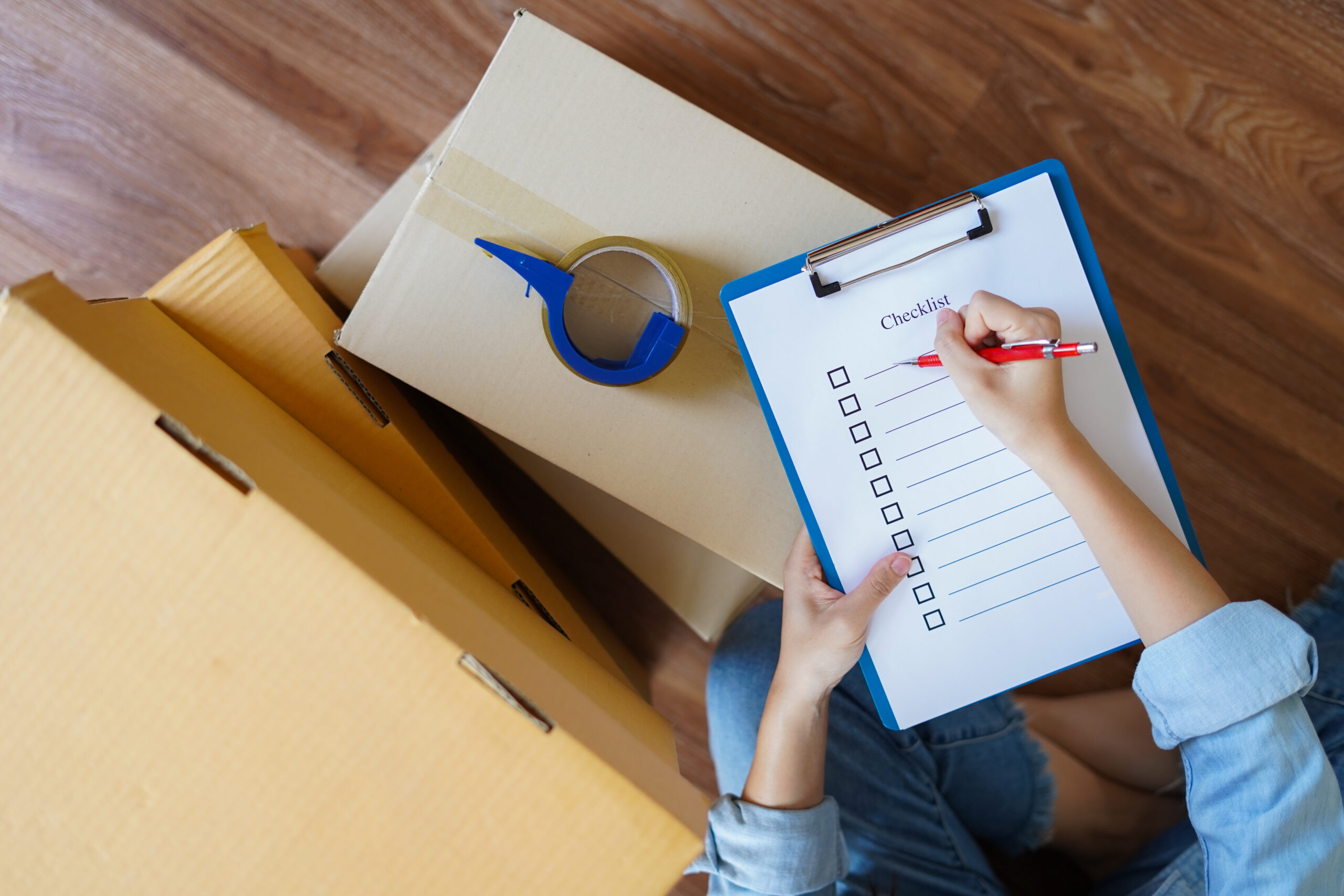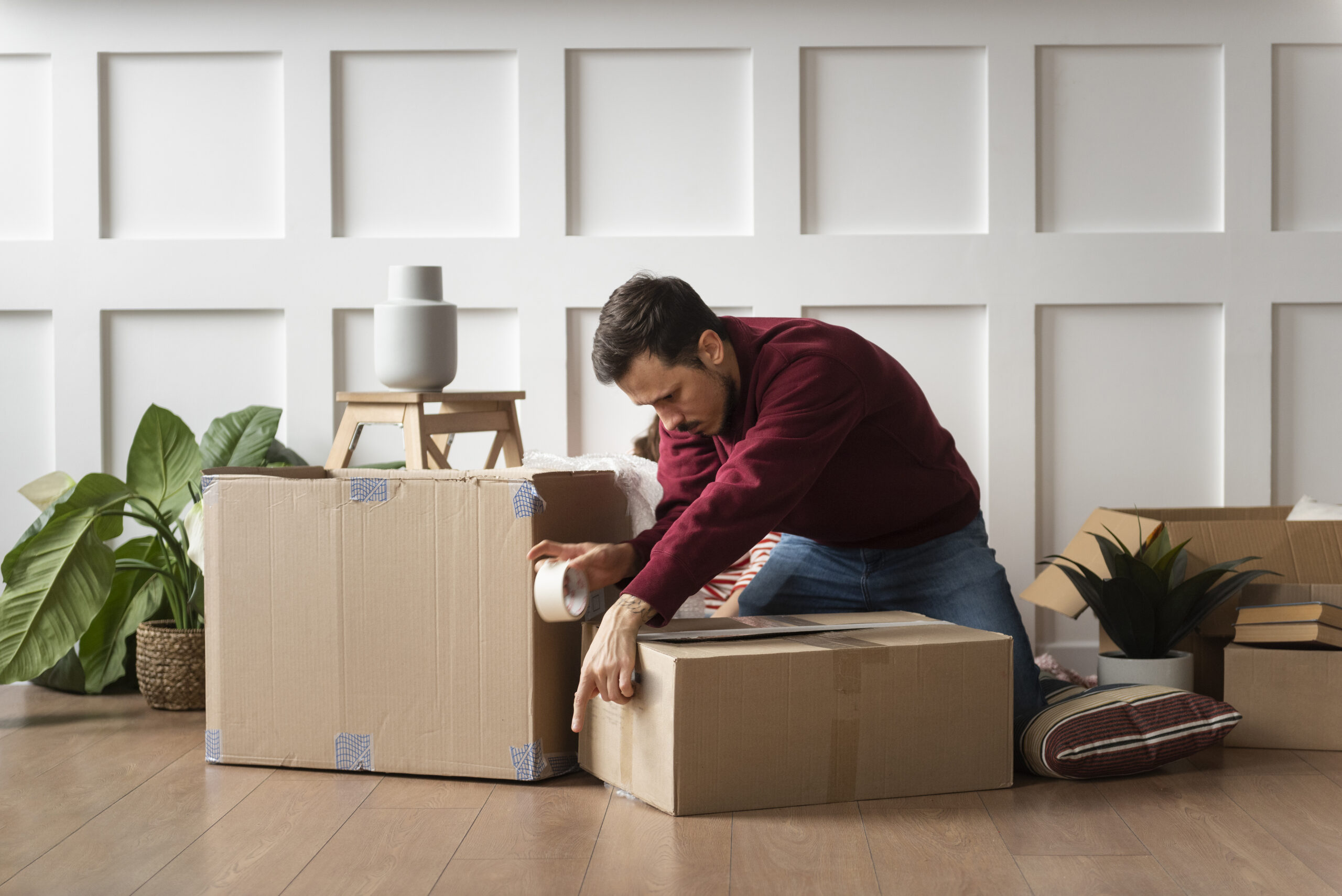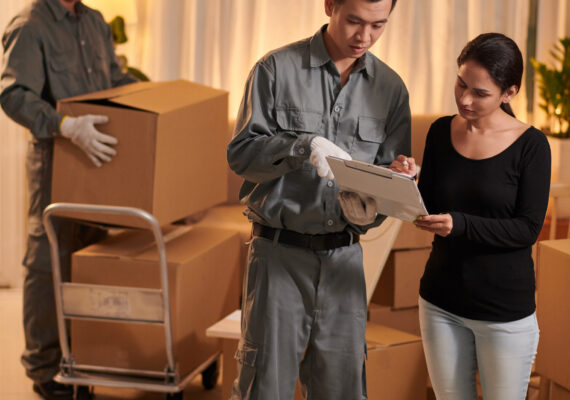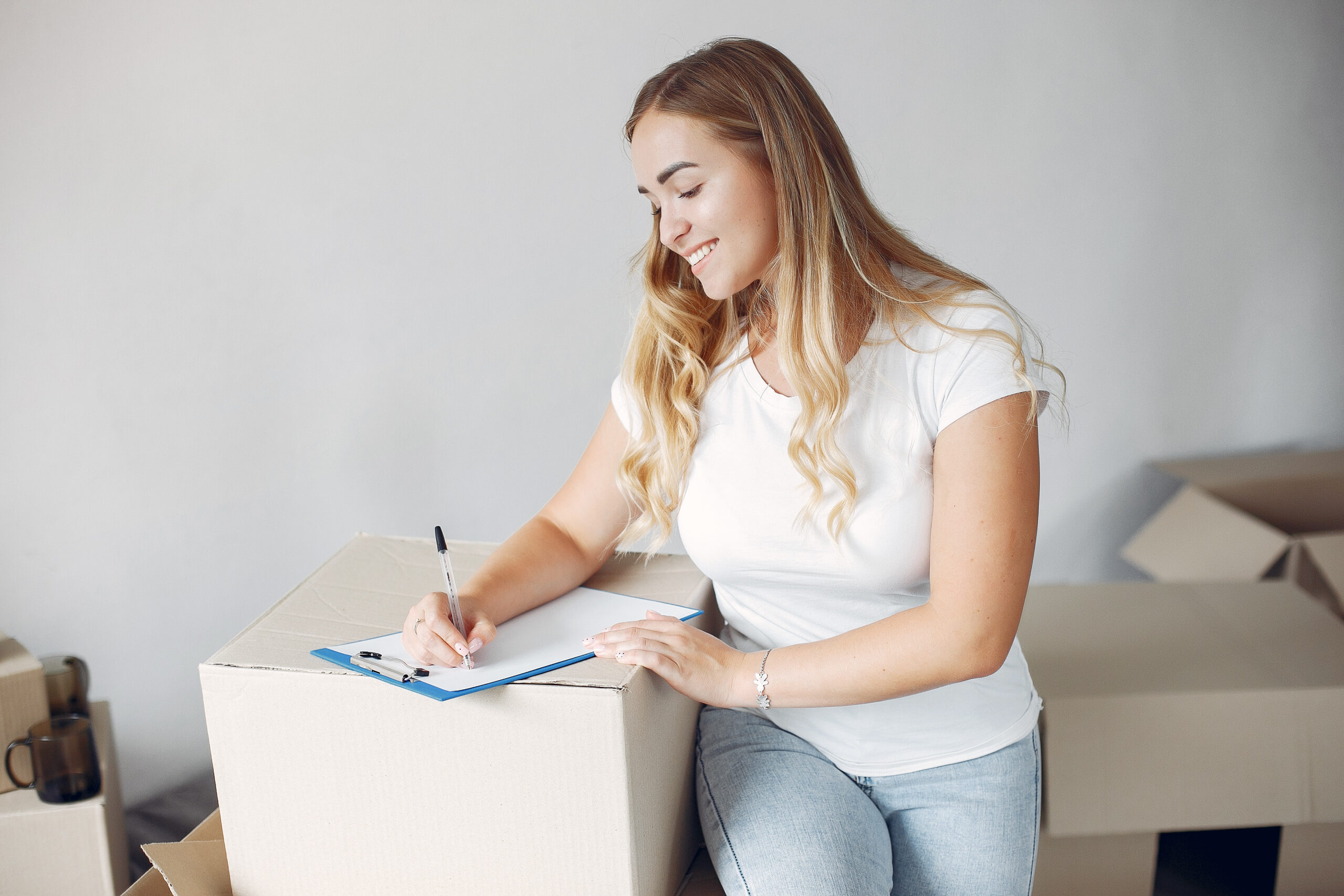The Basics of Do It Yourself Packing
Scheduling your next move with the Liberty Group will give you the flexibility to pack as much or as little as you like. Our team of professional movers can pack all your belongings or take special care of fragile items that you prefer not to pack on your own. This is your move and we help you decide what services you need to make your move in your budget, within your timeline. We want your move to go as smoothly as possible!
10 General Packing Tips to Get You Started:
- Prepare for your move by packing the items you don’t use frequently or only use seasonally.
- Watch the weight! Be sure to limit box weight, when it is possible, to a maximum of 50 pounds. This will make it easier for you to move around before and after your move and protect the movers from injury as well. Be sure to label the heavier boxes as heavyweight so they are easy to identify.
- Package similar items together and list the contents you’re packing on the outside of the boxes. You can also save on packing materials wrapping “not so fragile” items in towels and other linens. But be sure to use bubble wrap and proper packaging for extremely fragile, collectible, and irreplaceable items. Clearly mark “FRAGILE” on the outside of boxes containing fragile items.
- Use generous amounts of crumpled paper, magazine, or newspaper inside the walls of the boxes on the top and bottom to provide a good cushion for items packed.
- Use clean, unprinted newsprint/ butcher paper to wrap and protect items. Be aware that newspaper ink may bleed on your items possibly ruining your good china or collectibles.
- Set aside in one place any boxes holding essential items that you will need the soonest you move into your new home. These items include cooking utensils, toiletries, etc. Label “OPEN FIRST” on at least 2-3 sides of the boxes and place in an area to be loaded last so they are off the moving truck first.
- Leave “cushion space” in your boxes. Keeping all the boxes tightly packed will prevent contents from moving around and possibly causing damage to the contents during your move. Consider using as filler materials like linens, blankets or other soft items such as pillows, on top of not-quite-full boxes to fill the space and provide extra cushioning.
- Quality tape should be your only option. There are many options for taping up boxes on the market; some are not nearly as strong as you may think. Use professional packaging tape. Masking tape, blue painters’ tape, and scotch tape are not strong enough to support fully-packed boxes.
- When selecting boxes for your move be sure that they close completely and choose sturdy double walled, corrugated boxes.
- Never pack flammable items or hazardous materials.
Quick Tip: Ask your move manager about having your packing materials and boxes delivered.
Remember the 15 Basic Rules of Packing:
- Start packing for your move with out-of-season items. Also consider packing up crafting and hobby supplies.
- Pack the things you won’t need until moving day, last.
- To prevent damage to your furniture, empty drawers of anything that could break or spill. Perfumes, lotions, and oils are prime examples of items that can open during a move! You could keep blankets, sweaters, lingerie, bath towels and similar lightweight items in dresser drawers.
- Pack similar items together. This tip will also help you with unpacking. If you have paper files and books, general office supplies you know they will all go in the same room (probably the office). Your children may have books, toys, stuffed animals – you can mix and match these items as they all go in the same room and the plush toys can act as filler for those boxes with remaining space.
- Keep parts and paired items together. When packing your curtain rods, place hardware and screws in a small cloth or Ziploc bag and tape to the rod, tape rods together. When detaching a mirror from a dresser, bag bolts and other small hardware items in plastic or cloth bags and tape to the inside of the top drawer. By taking the time to tape or tie the bag securely to the article to which it belongs you have a better chance of having all the pieces and parts in one place when it is time to reassemble or install these items at your new home.
- Wrap loose cords and plugs. Wrap up electrical cords, fastening them so they do not dangle from appliances or unravel when set down. Blue painters tape works well, also try heavy duty rubber bands as they can help with securing cables and cords.
- Wrap up items individually in clean paper. Old rolls of holiday wrapping paper will work great but newspaper is not a great choice and it is possible that the ink will transfer to the items you wrap in this option.
- Place a two- or three-inch layer of crushed or crumpled paper in the bottom of a box for cushioning. As you pack the box be sure to do the same around the sides of the box and fill any remaining space in the top of the box in this way as well.
- When packing mixed items in boxes always fill up in layers, start with the heaviest items to go in the box first, on the bottom, medium weight next and lightest on top. Mark on the box which ends should remain up with arrows.
- Pack box to capacity as each layer is completed, fill in empty spaces firmly with crushed paper, towels, etc.; add more cushioning or paper to make a level base for the next layer, another tip you can consider is using cardboard cut from discarded boxes as dividers.
- Packaging in key! Consider using crushed paper, bubble wrap, towels and lightweight blankets for padding and cushioning. The more fragile (or irreplaceable) the item, the more cushioning you will need. At a minimum you should have 2 inches of padding on all sides of fragile items. Be sure not leave any sharp points, edges or edges uncovered.
- Pack multiple small, fragile, individually wrapped items together in boxes that will accommodate a couple items. Doing this will help protect these items and adding cushioning with crushed or shredded paper would give even more protection. Colored wrapping paper will help to draw attention to very small things.
- Place multiple small boxes in a single larger box, filling in spaces with crushed paper or bubble wrap.
- Seal all your boxes tightly with tape except for high value items that may need to be inspected for extra safe handling. These must be left open for the mover’s inspection/ additional packaging/ special handling.
- Write name and the room where you would like each box placed once delivered at your new home.
Quick Tip:
Settling in the first night in your new home can be made easier if you know where the items were packed that you need for your first few days. Pack a “first night” box with items you’ll need for basic cleaning, eating and hygiene. This box of essentials should travel with you on moving day.
What to Pack in your First Night Box
- Cleaning Supplies – Paper towels, Soaps, Gloves, Trash bags, Broom, Dustpan
Handy man Tools – Box cutter, Hammer, Screwdriver and screws, Pliers, Drill and drill bits, Light Bulbs, Flashlight, extra batteries. - Consider the meal on your first night
- Your freezer and refrigerator may not be up and running on your first night and unpacking your dishes and kitchen necessities will not be on the top of your to-do list. Therefore, you may want to consider eating out or ordering in for your first few meals. Visiting your local eateries is an excellent way to get familiar with your neighborhood and helps eliminate the hassle of not only unpacking your cookware but also cleaning up afterward. If going out or delivery isn’t an option, packing a can opener along with these suggested non-perishable food items is the way to go. Keep in mind, foods that require a microwave for heating may not be usable if your appliances are not installed yet.
- For snack time, pack portable, high-protein food items and lots of water to keep everyone hydrated. Plus, you will need some paper plates, disposable cups, napkins, and utensils. If you prefer reducing waste over dishwashing, bring reusable camping utensils and dishes instead of disposable.
- Your sleeping arrangements should also be planned with your first night boxes. A good night’s sleep will be critical as you embark the next few days on unpacking your belongings and settling into your new home. Be sure to have bed linens for every member of the family so everyone experiences a sense of coziness the first week
- Aside from sleeping and eating essentials, your personal items will need to be packed. Have your toothpaste and toothbrush, soap and shampoo and a brush or comb packed in your personal bag(s) along with your pajamas and work clothes.
- Electronics charging devices for most are also very important items to have handy on that first night. You will want to be able to charge your cell phones, tablets, laptops, etc.
- Important files and documents, such as school records, insurance policies, title documents, medical records, veterinary documents, printed contact lists etc. would all be wise to have at hand.
Be sure your first night box(s) are the last one loaded on the moving truck before the doors are closed — if they’re not traveling with you in your car. You’ll want to be able to get to them as soon as you arrive at your new home.
Liberty Moving offers a variety of a la carte and packaged moving services. We aim to provide you with affordable service options to enhance your move experience. These packages provide increased value protection and options for additional cleaning and technical services. No matter the size or destination, Liberty moving services can meet your moving needs.



